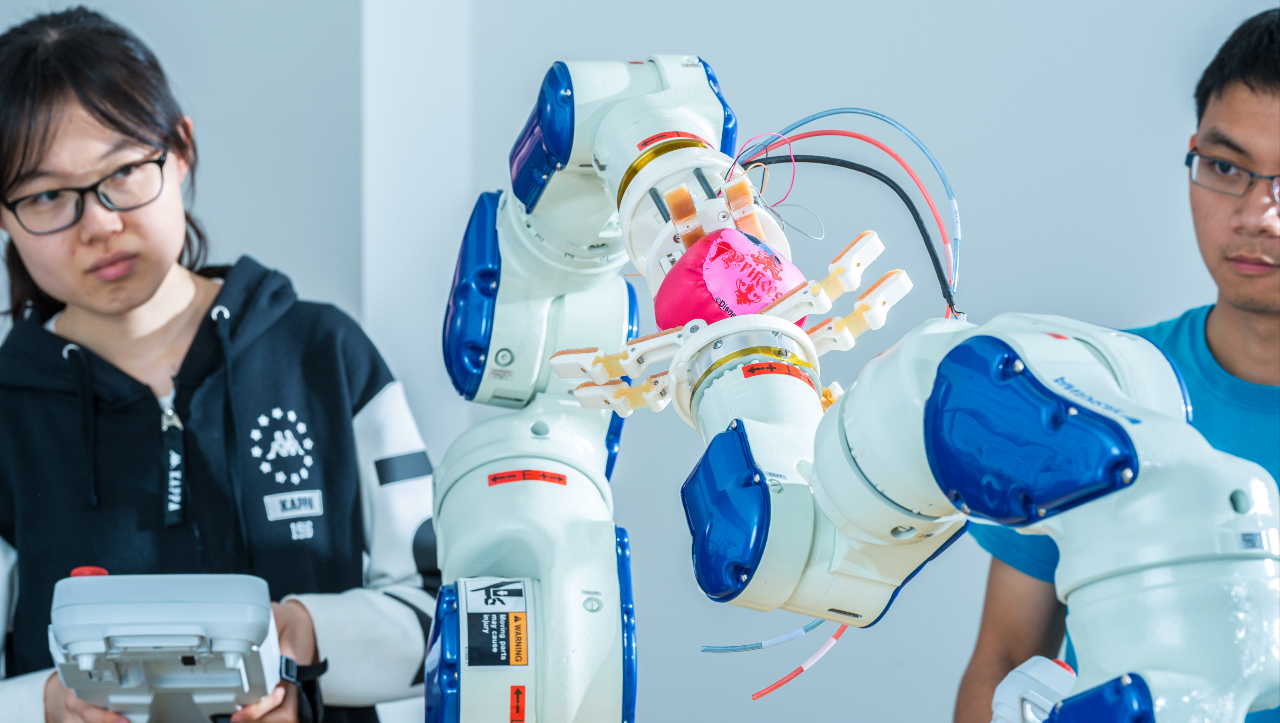Training robots to guide injured workers through simulated tasks could make return-to-work evaluations and treatment programs more effective and accessible, according to researchers at the University of Alberta.
In a review of scientific literature on efforts to use robotics for occupational rehabilitation, the researchers reported that robots with machine learning capabilities have the potential to accurately reproduce the physical activities workers experience and provide precise measurements of patients' abilities.
"This research will hopefully improve the assessment of work ability and rehabilitation treatments, and lead to safer and more sustainable return-to-work efforts after injury," said Doug Gross, a physical therapist and professor in the Faculty of Rehabilitation Medicine.
He noted the technology could be used during times of physical distancing, and expand rehabilitation services to people living in rural areas who would otherwise have to travel to access them.
"You could have a therapist in Edmonton programming the robot and the patient in a rural area responding with what the therapist wants them to do," explained Gross.
The robots could easily be trained without any programming knowledge using a machine-learning technique called learning from demonstration, Gross noted.
"When we say robots, we are not talking about C-3PO, but more like the robotic arm of the space shuttle," he said.
How it works
The therapist "programs" the robot by physically showing it how to do a task, such as helping a patient lift an injured leg high enough to walk. The trained robot then helps the patient complete the activity in the absence of the human therapist. At the same time, the robot can quantify the patient's movements, aiding the therapist's evaluation and providing precise measurements of the patient's progress.
These precise measurements, unobservable to the human eye, could also help to motivate patients, said engineering professor and study co-author Mahdi Tavakoli.
"When you have continuous assessment, you can tell the patient when they improve by two or three per cent. That provides motivation," he said.
Tavakoli added that the augmented reality component of the technology could make the process more meaningful for patients by producing tasks that closely mimic those they actually have to do at work.
"Just like a flight simulator creates the visualization and feeling of flying an actual aircraft for the pilot, the augmented reality display and the robot create the visual scene and the physical feeling of doing those tasks," he said.
While the technology is advancing, Gross said it will never be able to replace the expertise of human therapists.
"These tools provide precise information about functional ability, but the therapist is the one who interprets and puts it all together, and is then responsible for making recommendations. There is always going to be a need for a therapist to make that high-level decision and provide oversight. We're just trying to improve the tools."
Gross said the next stage of this research involves working with rehabilitation clinics to test the concept with injured workers.
The study, "Intelligent Robotics Incorporating Machine-Learning Algorithms for Improving Functional Capacity Evaluation and Occupational Rehabilitation," was published in the Journal of Occupational Rehabilitation.
